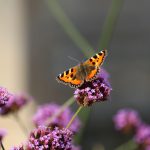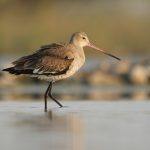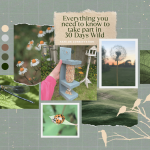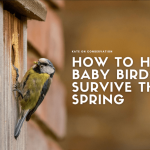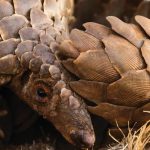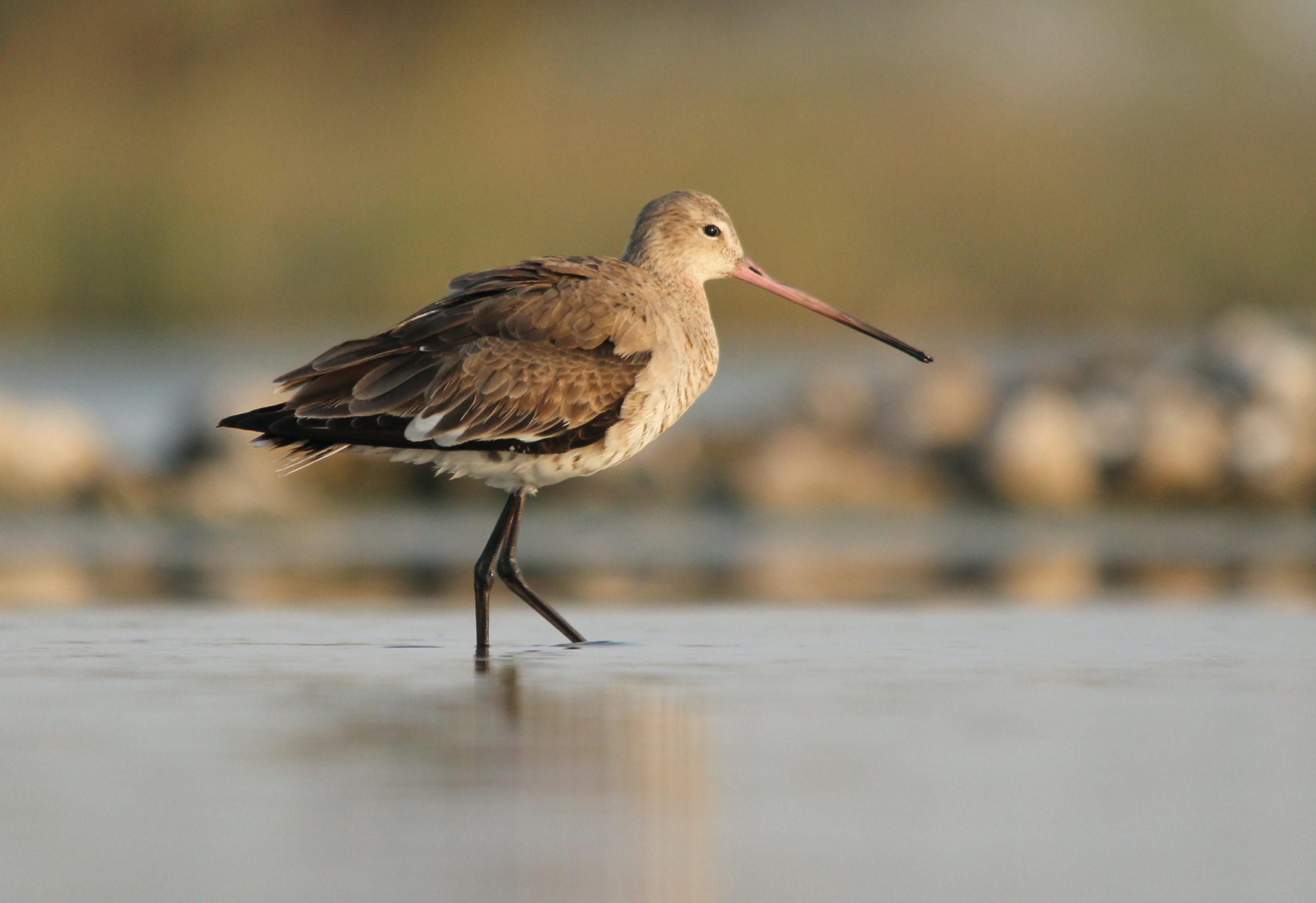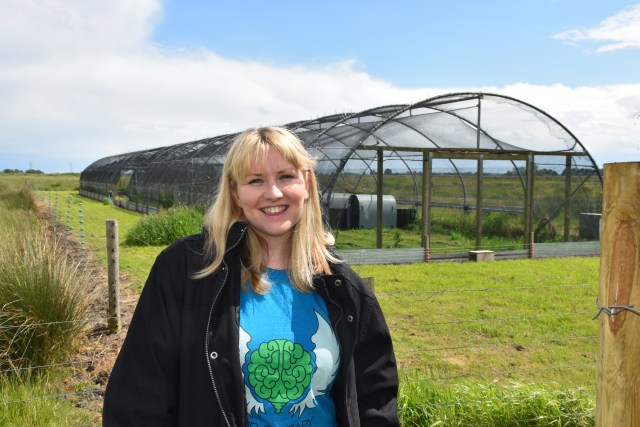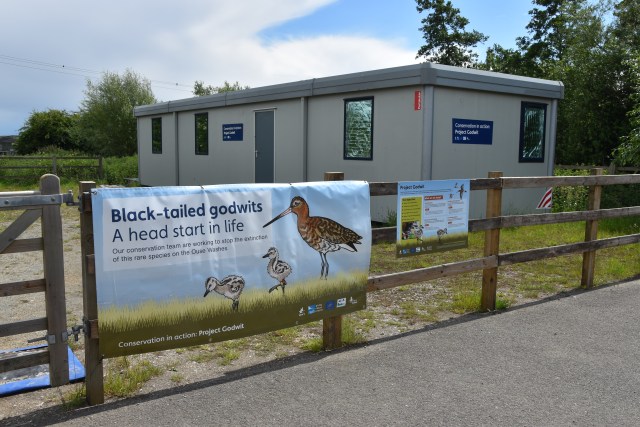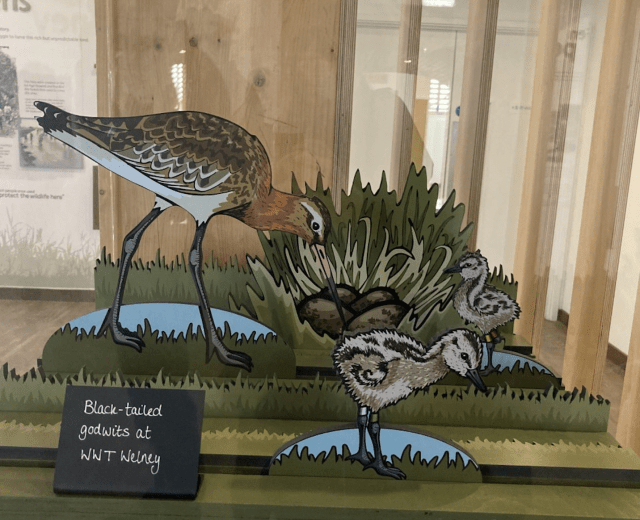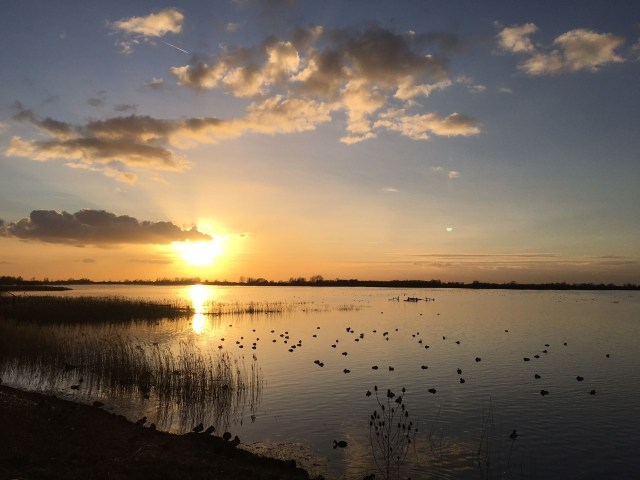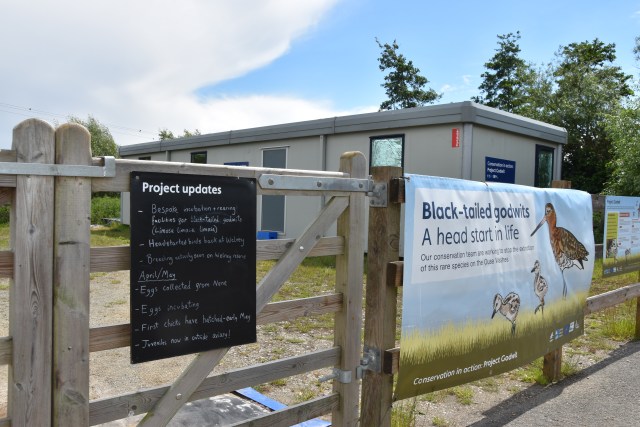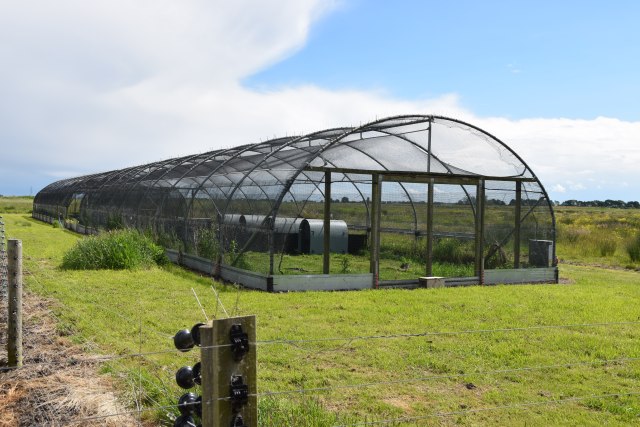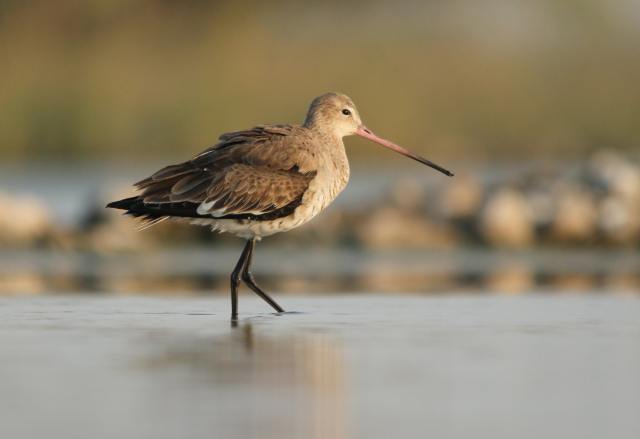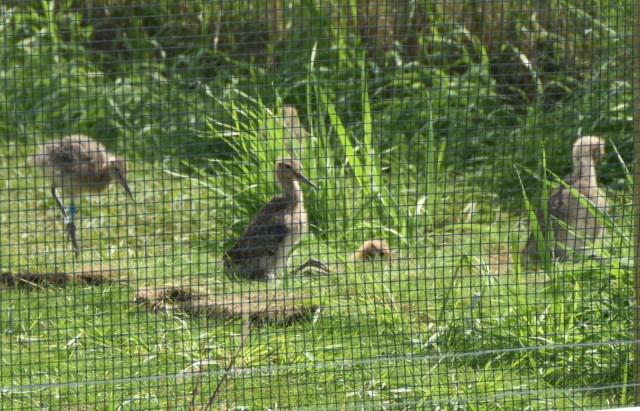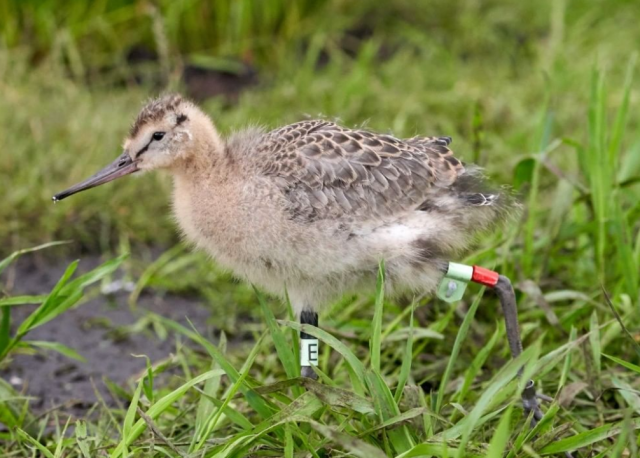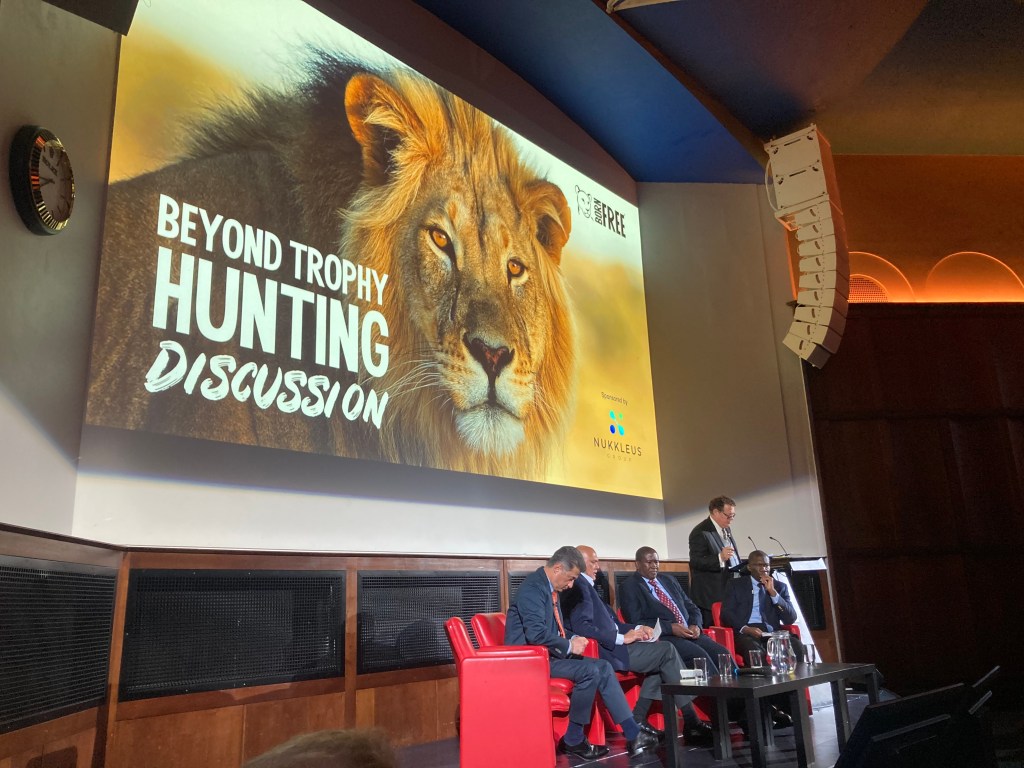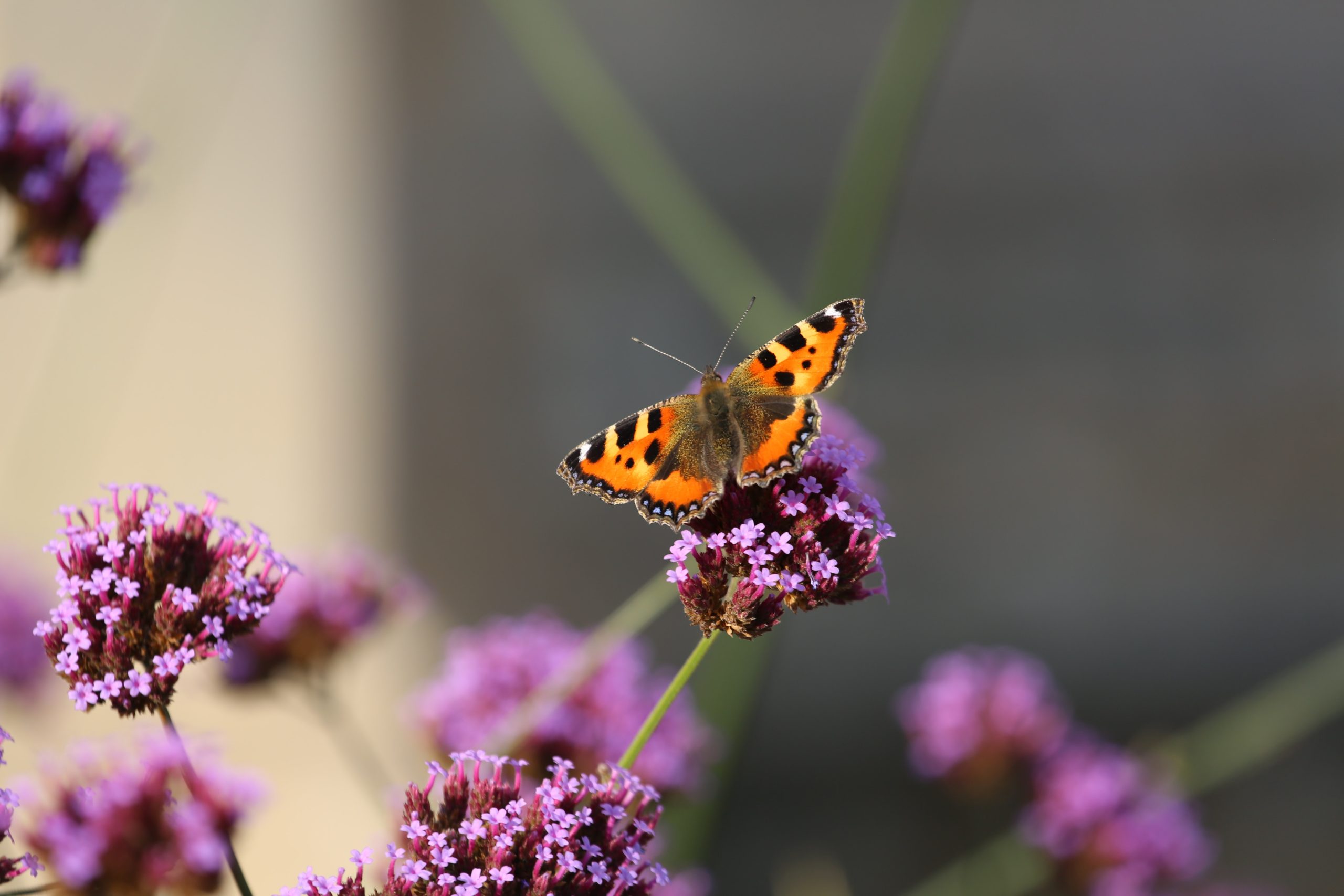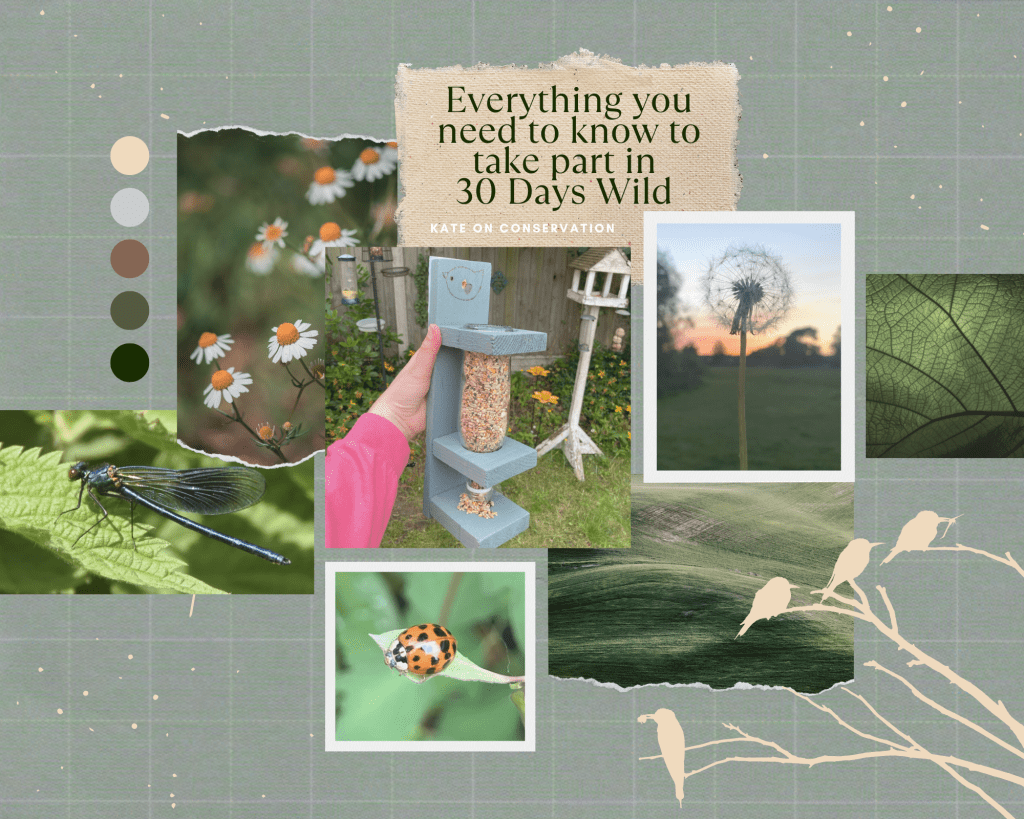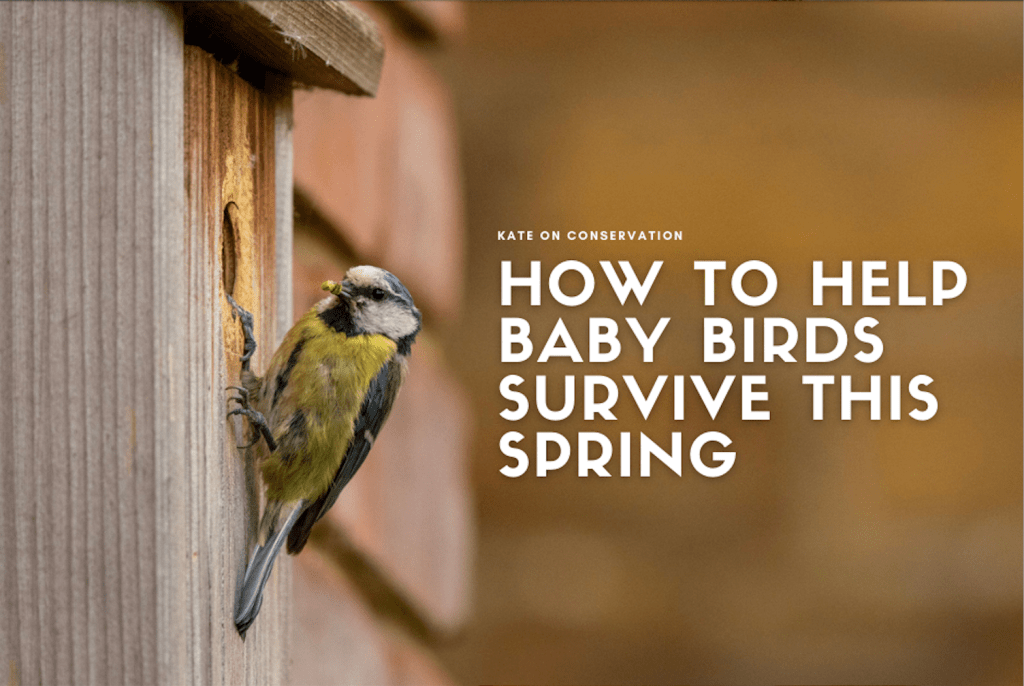[ad_1]
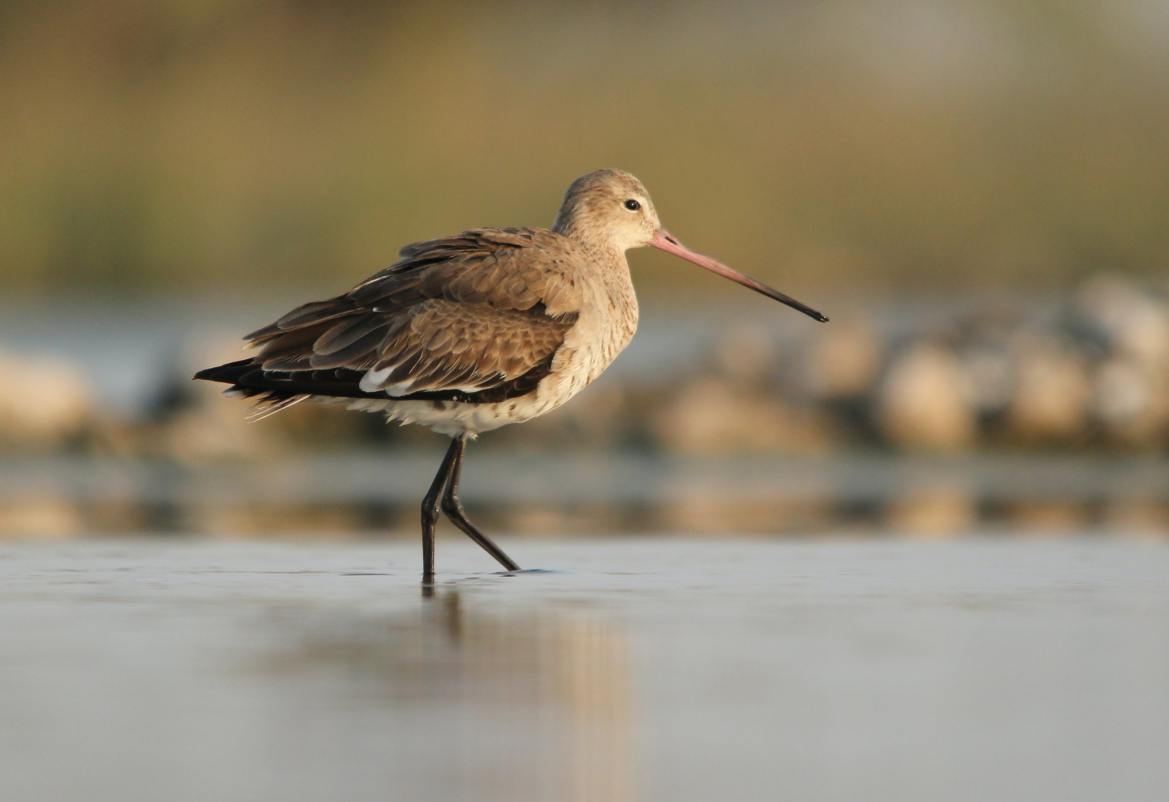
Black-tailed godwits are large, migratory wading birds that breed in wetland landscapes all through Europe, Siberia and Australia, the Indian Subcontinent, West Africa and parts of Western Europe.
They’re categorised as near threatened on the IUCN Pink Guidelines, and their breeding success has been hampered inside the UK by the draining of wetland habitat, to be used as an alternative to agriculture.
The UK’s first Black-Tailed Godwit headstarting enterprise
These days, I was invited to view the UK’s first headstarting enterprise for black-tailed godwits, as a result of it reaches the tip of its 5-year trial (extended over 6 years, due to the pandemic).
Having achieved at Welney Wetland Centre merely yesterday, the enterprise — a partnership between The Wildfowl & Wetlands Perception (WWT) and The Royal Society for the Security of Birds (RSPB) — was the first of it’s selection, and has quadrupled the breeding success of all of the UK inhabitants of black-tailed godwits.
Headstarting depends spherical amassing the eggs from pure nests (on this case, solely the first clutch of eggs from a breeding pair); artificially elevating the youthful and releasing them once more into the wild.
This give the chicks the proper chance of reaching maturity by defending them from environmental threats, sabotage by individuals, and the hazard of encountering predators.
Problem Godwit started in 2017, when all of the UK inhabitants consisted of merely 45 breeding pairs — 38 of which had been inside the Fens, breeding at merely two web sites: the Nene Washes and the Ouse Washes.
Recognising the world as having such extreme significance, a partnership was long-established by Pure England between WWT and RSPB, with funding from the EU LIFE Nature Programme and help from many others, to start out this headstarting enterprise.
The historic previous of Black-Tailed Godwits inside the Fens
The muddy wetlands of the Fens have on a regular basis been an essential place for godwits; in actuality, an Earlier East Anglian establish for the species was ‘Cambridgeshire Plumber’, used all by the 1800s.
Although that they had been as quickly as widespread inside the area, populations declined over time, as a result of the wetlands themselves had been misplaced.
Native populations had been found to be extinct by the nineteenth century.
Inside the Fifties nonetheless, godwits returned after discovering the Ouse Washes. Twenty years later, 65 pairs had been breeding.
Over time, elevated flooding inside the spring and summer season made it robust for godwits — and totally different waders — to nest on the positioning, and the inhabitants began to say no as quickly as additional.
In response, moist grassland habitat was created to supply nesting space for the birds, nonetheless the godwit inhabitants had turn into critically small, at merely 3 breeding pairs on the Ouse Washes. To make points worse, only one chick survived that yr.
Headstarting for future fledglings
A plan was launched to help the godwit inhabitants throughout the Ouse Washes get higher and use the newly created moist grasslands.
Beginning in 2017, the headstarting enterprise involved amassing breeding pairs’ first clutch of eggs (typically 4 to 5 eggs per clutch) from Pure England licensed areas, and incubating them inside the cell unit.
Proper right here that they had been watched by staff 24-hours a day, and robotically turned over at frequent intervals.
In some circumstances, the place the grownup birds had been wished to be caught to retrieve info tags, eggs collected from the nest web sites had been modified with dummy eggs.
As quickly as the knowledge tag had been retrieved, the eggs had been eradicated so that the birds didn’t proceed to sit down on false eggs for a protracted timeframe.
The breeding pairs’ second clutch of the yr was then left to be naturally hatched and parent-reared.
After hatching, the godwit chicks incubated on the WWT site had been moved to a nursery pen in groups of 4, sooner than graduating onto fledgling pens.
Godwits develop extraordinarily quickly; reaching ‘teenage dimension’ in merely three weeks.
Contained within the fledgling pens, they learnt vital life experience beneath the security of {an electrical} fence, which saved predators, resembling badgers and foxes, at bay.
It was vital that the netting on the fledgling pen was tender adequate to stop them from hurting their wings as they practiced shifting about.
The birds spent 4-7 days inside the fledgling pen, the place their poo was checked for any indications of effectively being factors, and as quickly as cleared; the youthful godwits had been fitted with their lifelong leg tags (a inexperienced ring with an E on it).
Life inside the wild for headstarted godwits
This week, the final word group of headstarted black-tailed godwits was launched onto the Welney wetlands reserve.
Going forward, the conservation efforts for these birds will consider monitoring and recording their life inside the wild. A couple of of them have even been fitted with transmitters to help the responsibility.
Thus far, launched godwits and wild-reared godwits have been recorded in 10 worldwide areas exterior of the UK: France, Germany, Belgium, Netherlands, Austria, Spain, Portugal, Morocco, Senegal and Mauritania.
Thus far, 50 launched birds have returned to breeding web sites inside the UK and plenty of different others have bred in continental Europe.
Extra birds from the Problem Godwit programme are anticipated to return to the UK, after they’ve reached 2 years of age — however it’s worth noting that godwits have a survival cost of roughly 50% of their first yr / over their first south and north migrations.
What has Problem Godwit achieved?
I prefer to share success tales on this weblog, and the devoted work from the Problem Godwit workforce has really yielded some good conservation success tales!
In 2021, the UK inhabitants of black-tailed godwits had elevated to 58 pairs with 54 of these (93%) inside the Fens.
When the enterprise began in 2017, all of the UK inhabitants consisted of 45 pairs. Based mostly totally on wild productiveness, these pairs had been predicted to fledge spherical 50 chicks in 5 years.
Problem Godwit has seen 155 headstarted birds reared and launched, alongside spherical 50 wild fledglings that had been naturally parent-reared, which suggests they’ve quadrupled the breeding success of all of the UK inhabitants.
108 of the 155 headstarted godtwits have been launched on the Ouse Washes. It may have taken this specific inhabitants (which consisted of merely 3 pairs in 2017) over 90 years to supply that number of fledglings!
WWT’s modelling confirmed that in a worst case scenario, with out the help of the headstarting enterprise, the black-tailed godwits on this area had a 50/50 chance of being extinct by 2050.
A future for godwits — and the way one can help!
The success of Problem Godwit, as the first enterprise of its selection inside the UK, has confirmed that this conservation methodology works for enhancing small populations of godwits.
It’s a software program that could be utilized all through the plenty of worldwide areas that the birds may be found; or as quickly as as soon as extra inside the UK if compulsory.
The enterprise as a whole has been worthwhile in boosting inhabitants dimension, and has moreover helped to carry public consciousness of the birds and their plight, by collaborating native schools, educating visiting members of most people, and securing extreme diploma press safety, along with a operate on BBC Springwatch.
However, no matter Problem Godwit’s final result being good news for the inhabitants numbers; it’s not adequate for godwits to be thought-about safe. Will most likely be the breeding success of these birds inside the wild that determines their long-term future.
The work at WWT Welney Wetland Centre has helped conservationists to review rather more regarding the points black-tailed godwits are coping with inside the wild, and hopefully we are going to uncover choices to these.
The workforce proceed to watch the threats the birds are coping with, and say conservation work should occur all through the panorama, to ensure the species’ crucial habitat is protected: godwits feed in coastal areas and breed in wetlands.
For godwits to thrive inside the Fens, we might like bigger, larger and further associated wetlands the place there’s a steadiness between predators and prey.
Growing the differ of wetland habitats is extra more likely to require native councils and private landowners to turn out to be concerned, to connect ranges and create habitat corridors.
[ad_2]

